E-commerce Growth
The rise of e-commerce is significantly influencing the Maritime Market, as the demand for efficient logistics and shipping solutions continues to escalate. With online retail sales projected to reach trillions of dollars, the need for reliable maritime transport is paramount. This trend is driving investments in container shipping and port infrastructure, as companies seek to enhance their supply chain capabilities. The Maritime Market is likely to benefit from this growth, as shipping companies adapt to meet the increasing demand for fast and reliable delivery services. This shift may also encourage innovation in logistics technology, further enhancing operational efficiency.
Geopolitical Factors
Geopolitical factors are playing a crucial role in shaping the Maritime Market, as tensions and trade agreements influence shipping routes and operations. Changes in trade policies can lead to fluctuations in shipping demand, impacting freight rates and capacity. For instance, ongoing trade negotiations may create new opportunities for maritime trade, while geopolitical conflicts could disrupt established routes. The Maritime Market must navigate these complexities, adapting to shifting dynamics to maintain competitiveness. Companies that effectively manage geopolitical risks may find themselves better positioned to capitalize on emerging opportunities in the market.
Regulatory Compliance
Regulatory compliance is a critical driver in the Maritime Market, as governments worldwide implement stricter environmental and safety regulations. The International Maritime Market Organization has set ambitious targets for reducing greenhouse gas emissions, which could compel shipping companies to invest in cleaner technologies. Compliance with these regulations may require significant capital investment, but it also presents opportunities for innovation. The Maritime Market is likely to see a surge in demand for eco-friendly vessels and alternative fuels, potentially reshaping the competitive landscape. Companies that proactively adapt to these regulations may gain a competitive edge, positioning themselves favorably in the evolving market.
Sustainability Initiatives
Sustainability initiatives are becoming increasingly vital in the Maritime Market, as stakeholders prioritize environmental responsibility. The push for greener shipping practices is leading to the development of alternative fuels, such as hydrogen and biofuels, which could significantly reduce emissions. Additionally, many shipping companies are investing in energy-efficient vessels and retrofitting existing fleets to comply with sustainability standards. This trend not only addresses regulatory pressures but also aligns with consumer preferences for environmentally friendly practices. The Maritime Market is thus likely to see a shift towards sustainable operations, which may enhance brand reputation and customer loyalty.
Technological Advancements
The Maritime Market is experiencing a notable transformation driven by technological advancements. Innovations such as automation, artificial intelligence, and the Internet of Things are enhancing operational efficiency and safety. For instance, the integration of smart shipping technologies is projected to reduce operational costs by up to 20%. Furthermore, the adoption of advanced navigation systems is improving route optimization, thereby minimizing fuel consumption. As the industry embraces these technologies, it is likely to witness increased competitiveness and productivity. The Maritime Market is thus positioned to benefit from these advancements, which may lead to a more sustainable and efficient future.


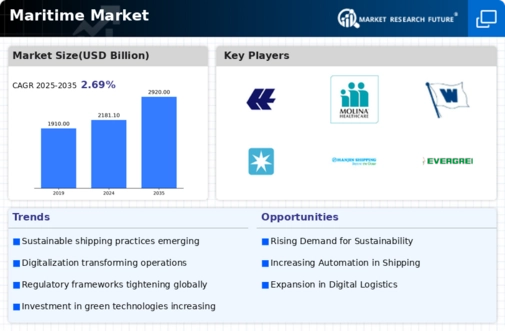
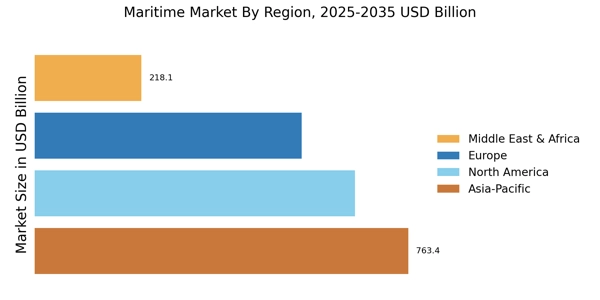
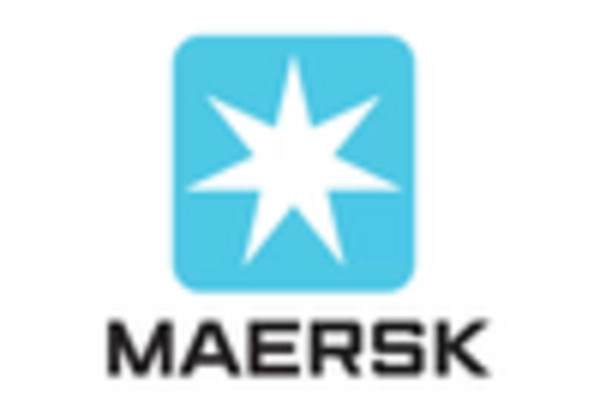
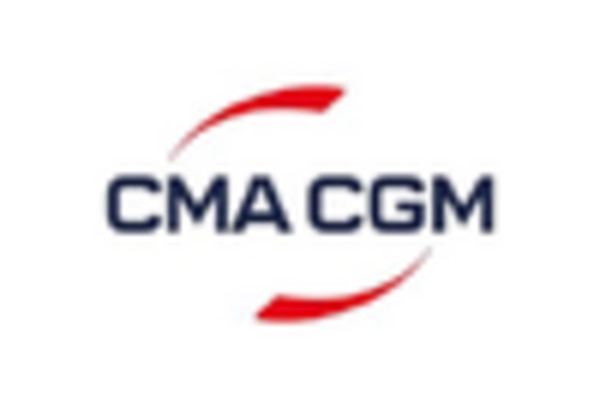



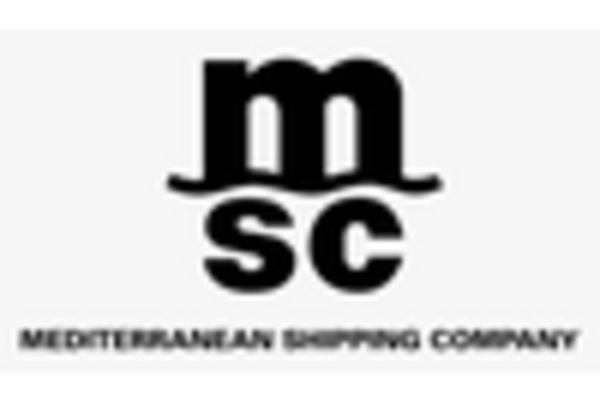








Leave a Comment